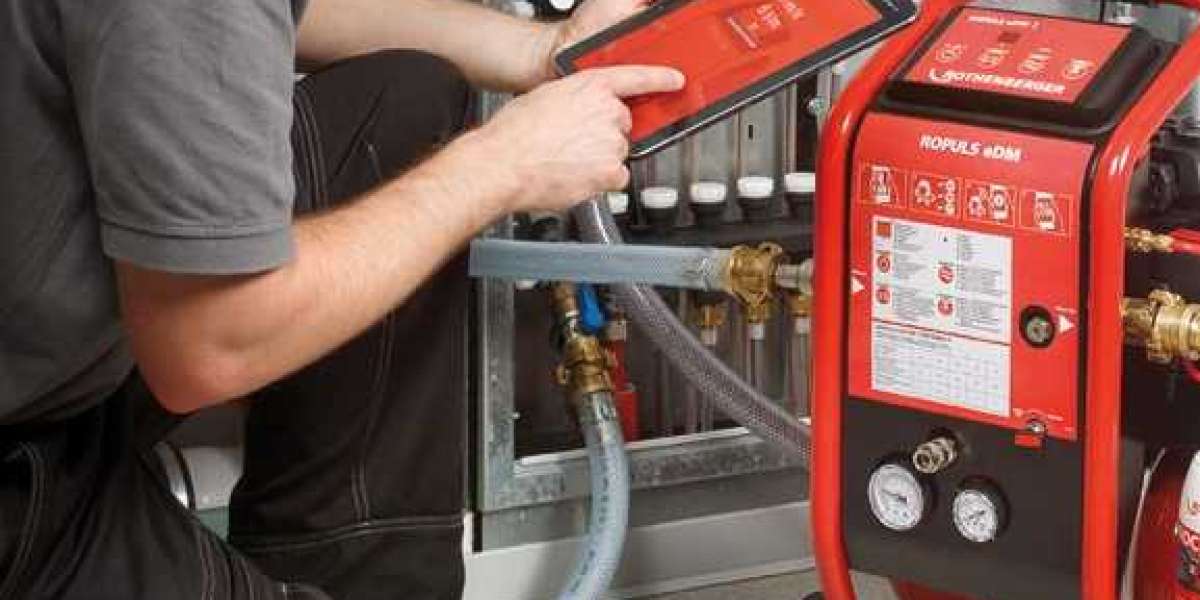Home safety gates, also known as baby gates or child safety gates, are designed to restrict the movement of young children and pets within the home. They are commonly used to block off areas such as staircases, kitchens, and other potentially hazardous areas. While these gates offer numerous benefits, they also come with certain drawbacks that should be considered before making a purchase.

Advantages of Home Safety Gates
One of the primary benefits of using home safety gates is the added peace of mind they provide to parents and pet owners. By restricting access to certain areas of the home, caregivers can prevent accidents and injuries, particularly in areas with potential hazards such as stairs or rooms with fragile items.
Furthermore, home safety gates can help in establishing boundaries for young children and pets, allowing them to explore and play in designated safe areas. This can be especially useful in homes with multiple levels or open floor plans, where supervision may be challenging at all times.
Drawbacks of Home Safety Gates
Despite their benefits, home safety gates also have some drawbacks that should be taken into consideration. For instance, improperly installed gates or those of poor quality may pose safety risks, as they can be pushed over or become a tripping hazard. Additionally, some gates may be challenging to open and close, which can be frustrating for caregivers and may lead to the gate being left open, defeating its purpose.
Another drawback to consider is the potential damage to walls and doorframes caused by the pressure-mounted installation of some gates. This can be particularly problematic in rental properties or homes with delicate finishes.
Choosing the Right Home Safety Gate
When selecting a home safety gate, it's essential to consider the specific needs of your household. For example, if you have a wide opening that requires gating, you may need to invest in a wider gate or use extension pieces to ensure a proper fit. Additionally, gates with a walk-through feature can be more convenient for high-traffic areas, as they eliminate the need to step over the gate.
It's also important to choose a gate that meets safety standards and is appropriate for the age and size of the child or pet. Some gates are designed with smaller gaps between the bars to prevent climbing, while others are taller to accommodate larger pets.
Conclusion
Home safety gates can be valuable tools for creating a safe environment for young children and pets, but it's crucial to weigh their benefits and drawbacks before making a purchase. By understanding the potential advantages and limitations of home safety gates, caregivers can make informed decisions to protect their loved ones while maintaining the functionality and aesthetics of their homes.








